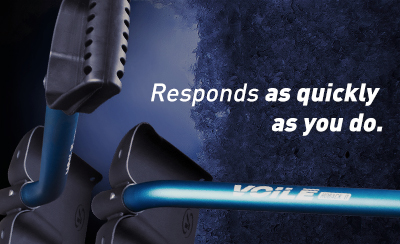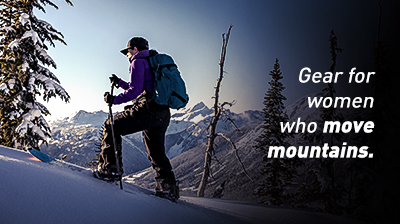
Why Every Skier Should Experience the Benefits of a 3-Pin Telemark Ski Setup
Share this Post
The Essence of Telemark Skiing
Telemark skiing, with its rich heritage and distinctive style, offers a unique approach to exploring the outdoors. Among the various setups for telemark skiing, the 3-pin binding system stands out for its simplicity, reliability, and direct connection to the ski. It may be old school, but it’s still around for a reason. Lately, we’ve been seeing more and more people opt for 3-pin setups within their telemark ski quivers and we’re here to explain. Here’s why the 3-pin telemark ski setup might be your go-to choice for your next backcountry adventure.
The 3-Pin Advantage: Simplicity and Reliability
The 3-pin telemark binding system is revered for its straightforward design. Comprised of three metal pins that align with three holes in the toe of the boot, this system securely locks the toe of the boot in place, allowing for a direct transfer of power from the skier to the ski. While some 3-pin bindings feature a heel assembly for improved downhill performance, the toe piece is what makes them all “3-pin”. Its simplicity means fewer parts can break or malfunction in the backcountry, where repairs can be challenging or impossible. It’s not uncommon for us to see Voile 3-pin bindings that are over 2 decades old still in the skiers’ daily rotation. 3-pin truly epitomizes our mantra: Simple. Solid. Backcountry.
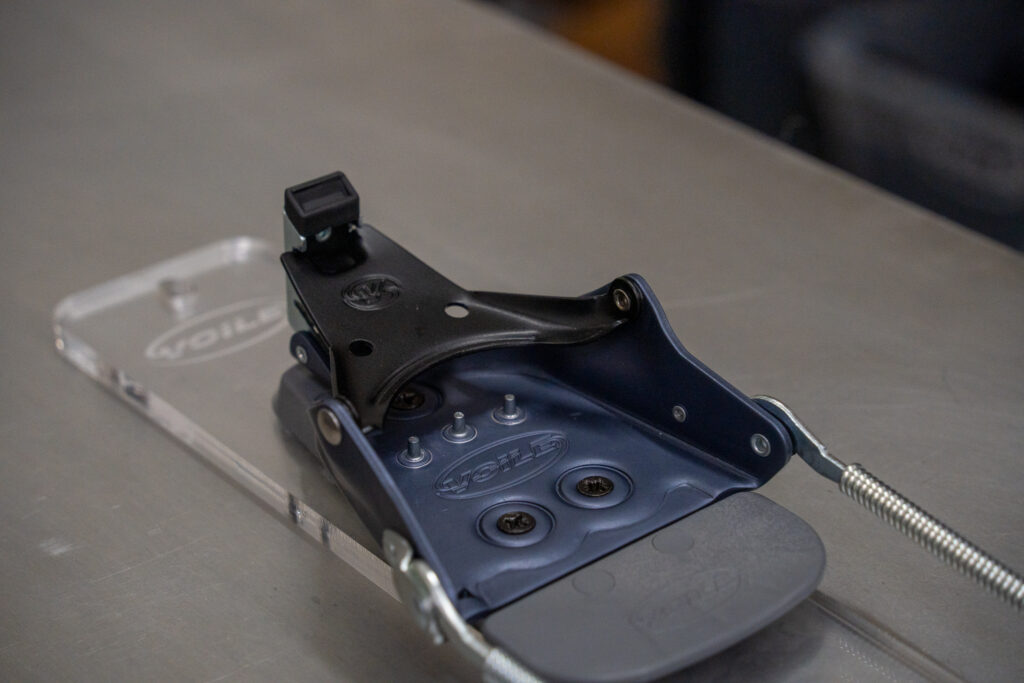
Direct Connection and Control
One of the 3-pin setup’s most significant benefits is its enhanced control and feel. Because the boot is directly connected to the ski with minimal mechanical interference, skiers enjoy a heightened sense of the snow beneath them. This direct connection translates into more precise control over the ski, allowing for smoother turns and movement. If “feel” is something you prioritize when skiing, there’s no binding that’ll have you feeling more connected to the snow than a 3-pin.
Lightweight for Touring
Backcountry skiing often involves long outings where every ounce of weight matters. The 3-pin binding system is notably lighter than many of its more complex counterparts, making it an excellent choice for skiers who prioritize efficiency and ease of movement during uphill climbs. The reduced weight helps conserve energy, enabling skiers to enjoy longer days on the mountain without unnecessary fatigue. It’s also important to note that 3-pin boots are typically leather and quite a bit more comfortable than other telemark boots, making them great for long explorative outings. Whether you’re navigating deep into the mountains, or romping around your local foothills, a 3-pin setup will keep your legs fresh enough to see what’s around that next corner.
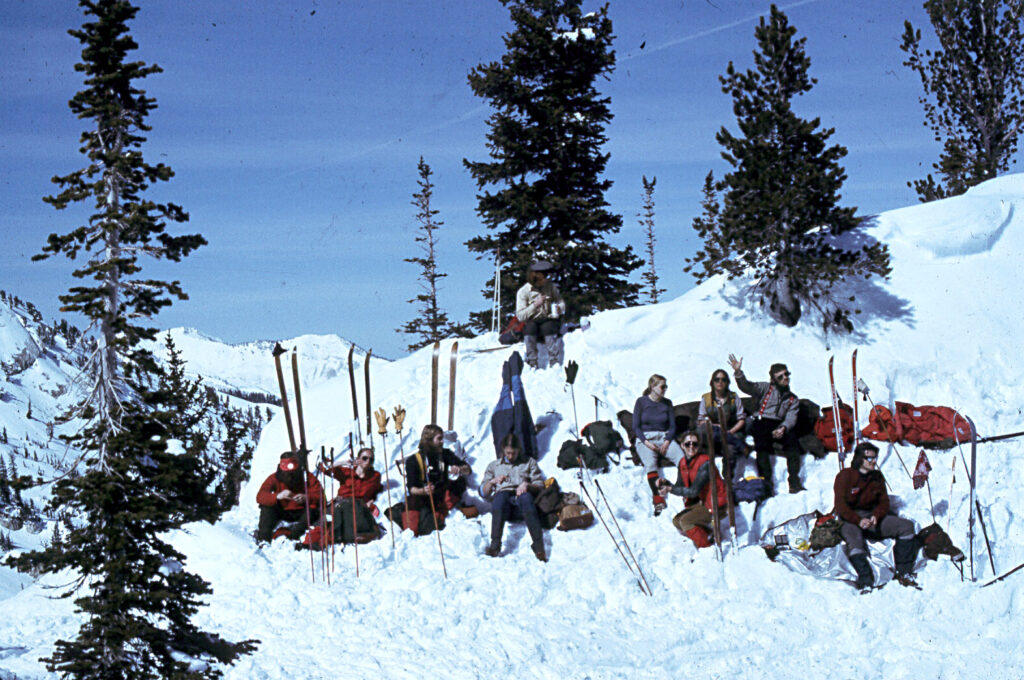
Affordability and Accessibility
For those new to telemark skiing or looking to explore this discipline without a significant financial investment, the 3-pin telemark ski setup is an attractive option. Its simplicity results in a lower cost compared to more complex binding systems, making it accessible to a wider range of skiers. Additionally, the durability and reduced likelihood of needing repairs mean long-term savings and more time skiing instead of managing equipment issues.
How a 3-pin telemark ski setup fits into your quiver
The 3-pin system complements the robustness and performance characteristics of 75mm and NTN setups by offering a lightweight and straightforward alternative that excels in a variety of conditions and terrains. While people have certainly done their fair share of shredding on 3-pin bindings back in the day, nowadays, we commonly see these bindings paired with skis geared towards fitness and exploration (such as our “BC” skis with scaled bases).
To help give you a better idea of what we’re talking about, we asked Voile Partner, General Manager, and 3-pin enthusiast, David Grissom how a 3-pin telemark ski setup fits into his ski quiver.
Here's what Dave has to say...
“My latest 3-pin setup is the Voile Endeavor BC (scale base version), Voile HD 3-Pin binding, and Alpina Alaska 75 boot. I am using the setup primarily for fitness skiing at my local Nordic area which has plenty of off-trail opportunities for low-angle turns. The boots are very comfortable and the range of motion is impressive for a non-pivoting tele binding. This setup is as much about the walk as it is about the turns.”
-David Grissom
While 75mm and NTN bindings provide excellent power transfer and are ideal for aggressive skiing on challenging terrains, the 3-pin setup shines in its simplicity and efficiency, making it invaluable for long-distance tours where weight and reliability are paramount. For instance, on days when a minimalist approach is favored for a lengthy ascent or when navigating through less aggressive terrain, the 3-pin setup offers an unmatched blend of lightness and functionality.
By including a 3-pin telemark setup in your arsenal, you’re not just adding another piece of equipment; you’re embracing a strategy that allows for a broader range of backcountry exploration and ensures that you’re well-equipped for whatever adventures the mountains, hills, and meadows may offer.
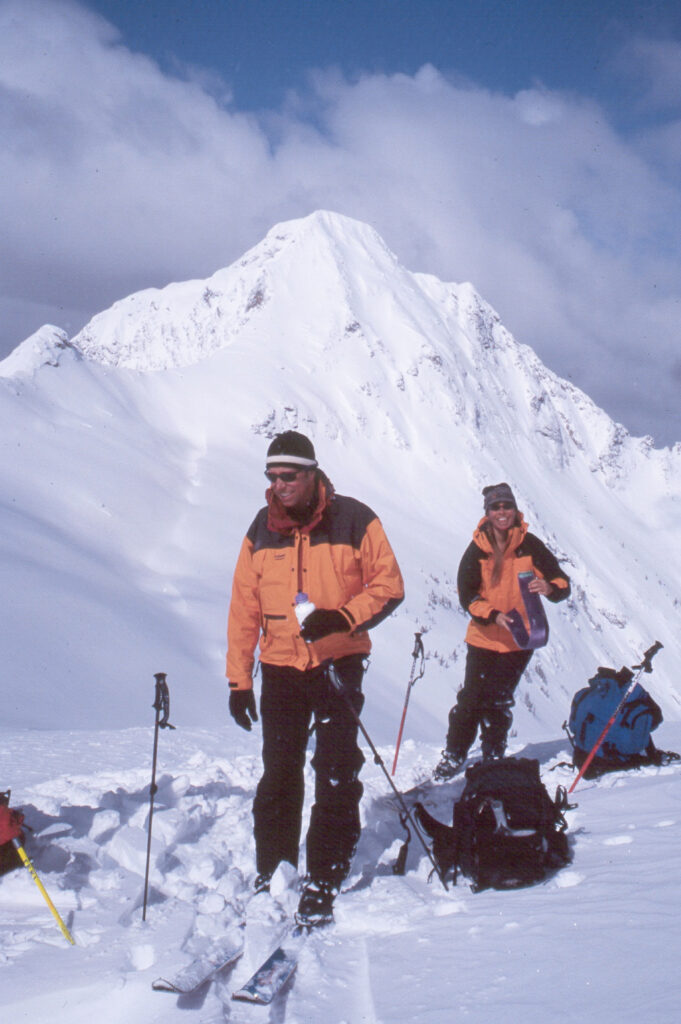
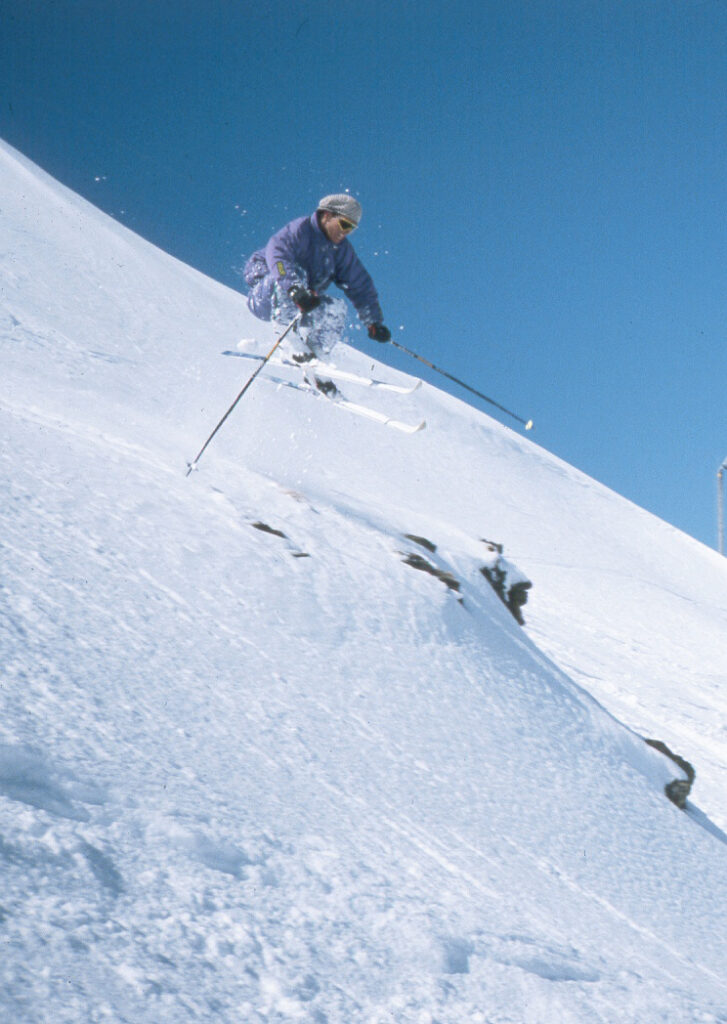
Embracing the Telemark Tradition
Choosing a 3-pin telemark ski setup is more than just a practical decision; it’s a nod to the rich history and traditions of the sport. It connects modern skiers with the roots of telemark skiing, where the focus is on the pure joy of sliding down snow-covered mountains with elegance and control. Whether you’re carving through untouched powder in the backcountry or navigating your local hilled terrain, the 3-pin setup offers a unique blend of performance, simplicity, and connection to the skiing tradition.
Ultimately, the 3-pin telemark ski setup is an excellent choice for skiers who value simplicity, reliability, and a direct connection to their skis. Its benefits make it suitable for both beginners and experienced telemark enthusiasts looking to explore the backcountry. By choosing a 3-pin setup, you’re not only opting for a practical and efficient system but also embracing a piece of skiing heritage that continues to inspire skiers around the world.
Share this Post



